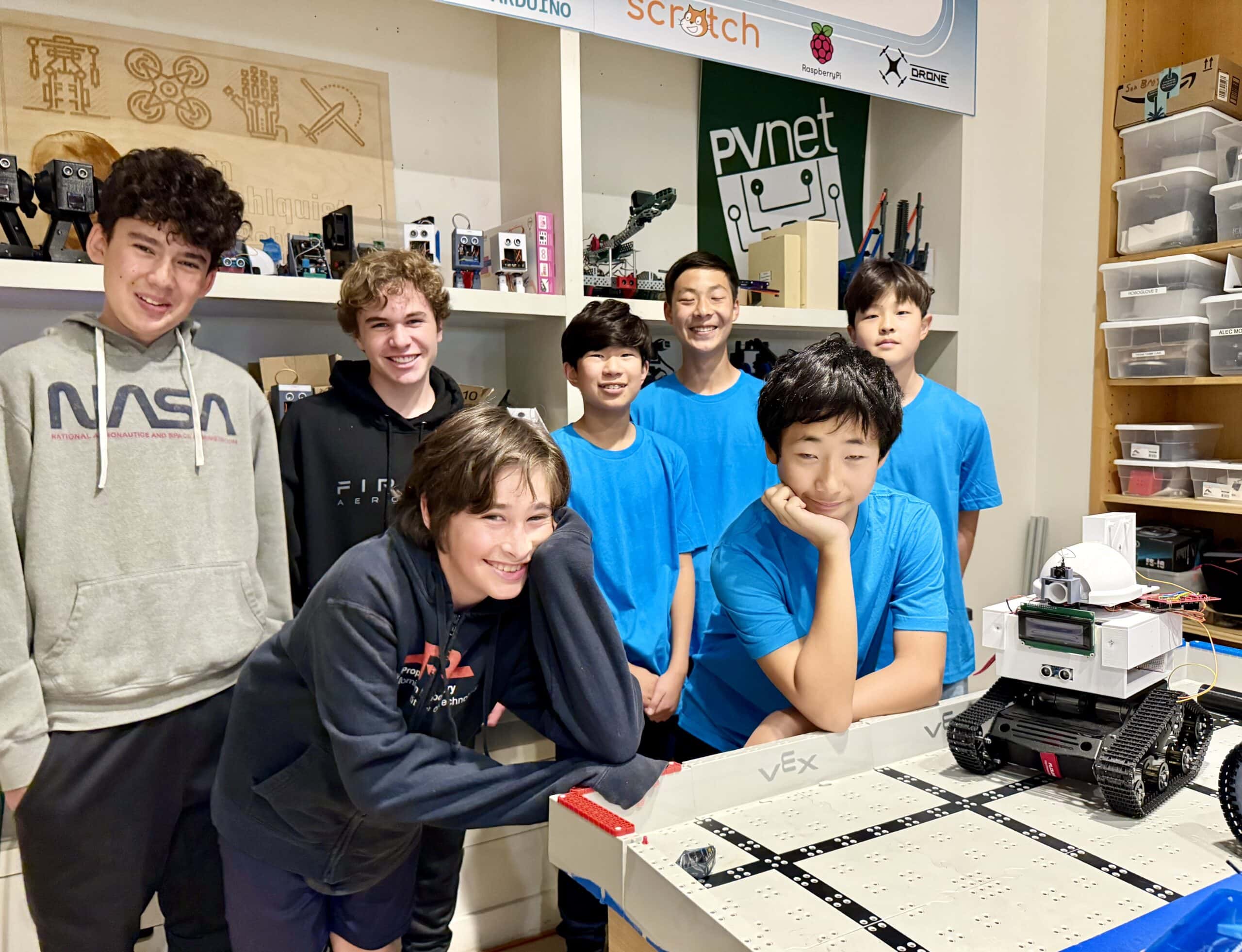South Bay Students Win Big Learning to Take Out the Trash
Taking out the trash is always a chore for teens and tweens, but what if that trash was in outer space? South Bay middle school students at PVNet Academy put their STEM skills to the test and won big in a national competition that asked them to devise creative solutions to the very real problem of space trash.
For family-friendly events and things to do with kids in the South Bay, sign up for our newsletter and get it all delivered straight to your inbox.
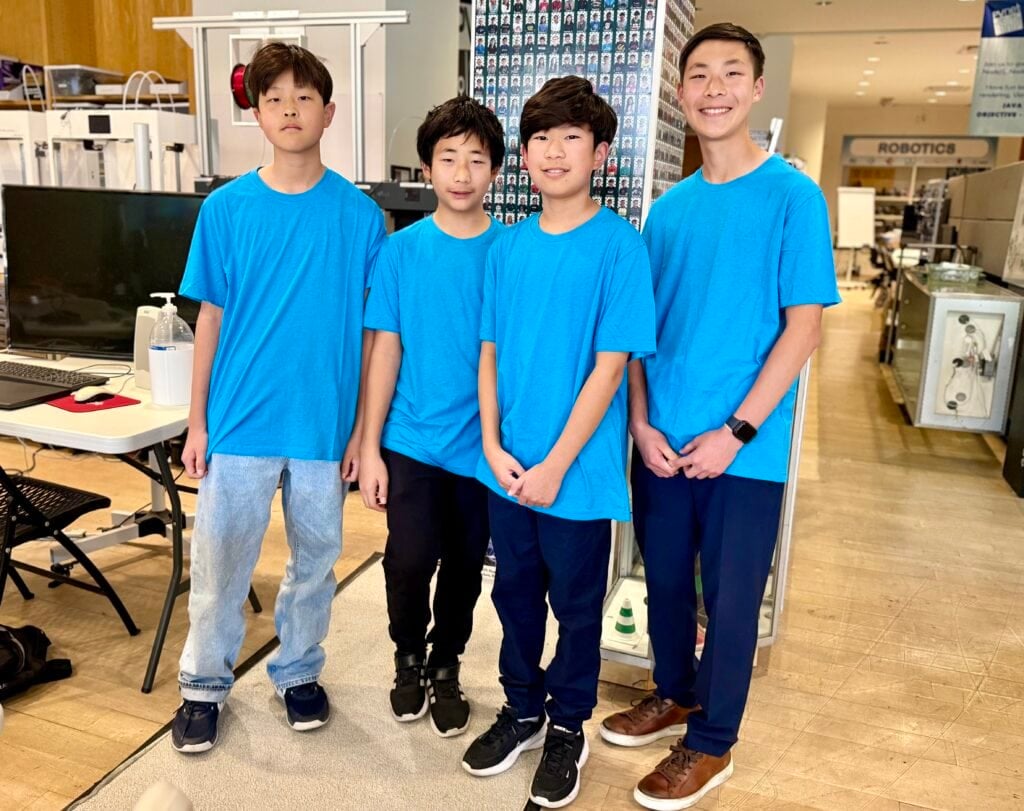
Space: The Final Junk Yard?
Space is vast, but that doesn’t mean it has room for garbage. According to NASA, orbital space debris is a massive problem. Low Earth orbit, or LEO, is a veritable junkyard for space debris composed of everything from parts of spacecraft and rockets to old, defunct satellites. All of that junk, which is racing through space at speeds up to 18,000 miles per hour, can pose a tremendous safety risk to both astronauts in space and people here on Earth.
In an effort to inspire the next generation of space explorers and engineers, the Space Workforce for Tomorrow (SWFT) initiative introduced the “National Space Sustainability Competition.” In its inaugural year, the competition invited 7th- and 8th-grade students across the nation to imagine innovative solutions to the problem of managing space debris. Two teams of middle schoolers from the South Bay were thrilled to take on the challenge and make new discoveries throughout the process.
“This project really changed how I see things,” explained Harry Hyeok Kang, a member of the winning team.
“I used to think protecting the planet just meant cleaning up Earth, but now I realize space matters too. Space debris can mess up satellites we rely on every day.”
Click here to check out our first edition of Discover South Bay, Local Anchor’s first printed summer magazine!
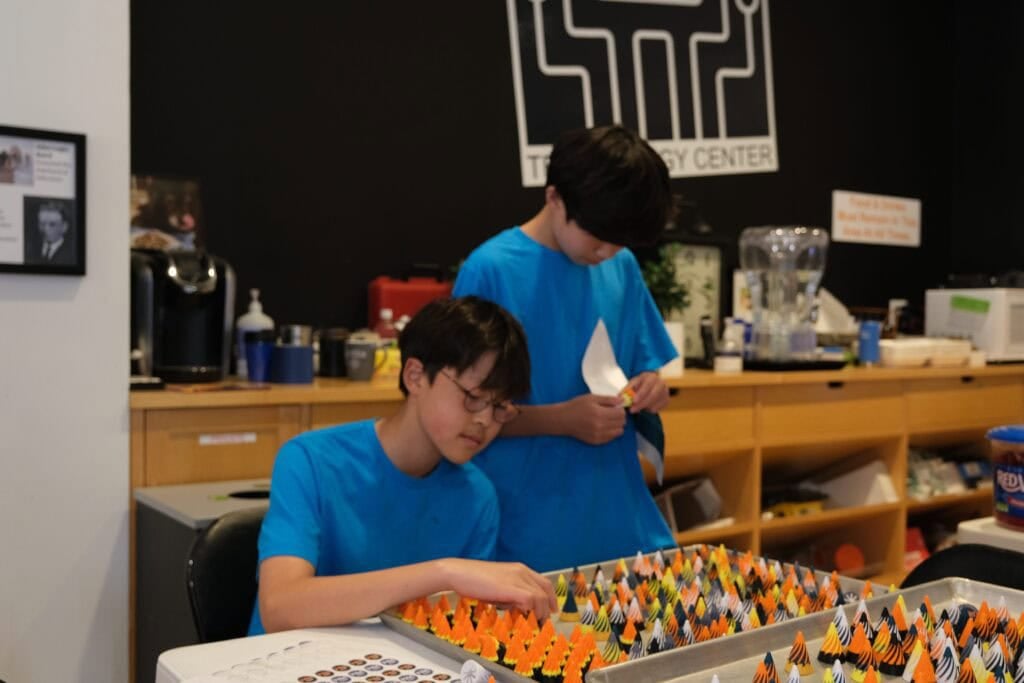
Thinking Outside the Trash Bin
Managing trash in outer space requires critical thinking and collaboration to design solutions. Working in space poses numerous unique challenges that scientists and engineers typically don’t face on Earth. The second-place team’s project involved utilizing a renewable mycelium net to catch space debris. The students knew they wanted to use a net to capture the debris, but they had to think creatively when selecting the right material to use.
“I learned how helpful fungus is in the future of space exploration. During our research time, we found time and time again that mushrooms and fungus can prove to be an invaluable resource,” explained Max Rubinstein, a member of the team, which also included Jackson Schimmel, both of which attend Chadwick, and Joseph Jaconi of Manhattan Beach Middle School.
In addition to collaborating creatively, the ultimate goal of the competition is to engage students in awareness of real-world problems, as well as inspire them to take an interest in STEM and space-related careers.
“Right now, I’m most interested in being a coder, but with artificial intelligence on the rise, this might change, so I’m open to anything, including other STEM fields,” said Max.
Philip Ryu, a member of the first-place team, which also included Ezra Hahn, Harry Kang, and Eugene Kim from Ridgecrest Intermediate School in Rancho Palos Verdes, said, “I think that STEM and other technology-related careers have a lot of potential and I believe that if I pursued a career in those fields, I could make a difference in the world and help make our world better.”
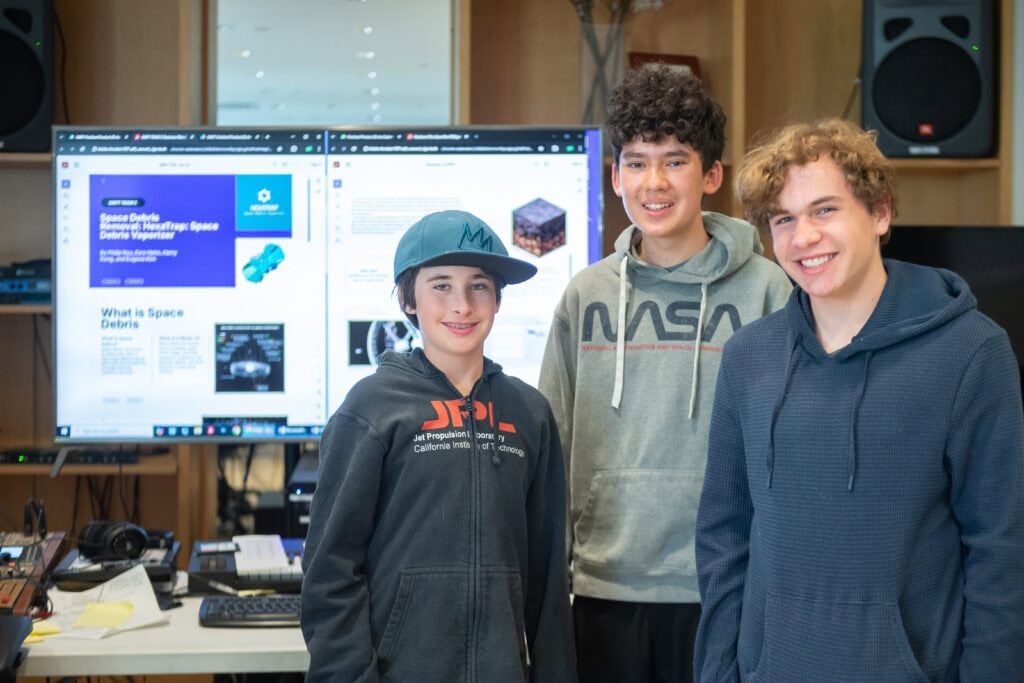
The True Reward
Taking first place in the competition is incredible in itself. Still, the real reward for these students is learning to view the world in a whole new way and gain an understanding of why sustainability matters and how STEM can help make the world and outer space a better place.
“Before this competition, I always thought of the space industry as launching rockets and finding aliens, but through this event, I learned that space poses problems that I never knew existed,” explained Philip, whose winning team created a “HexaTrap” to catch space debris.
“I learned that space junk was crowding around our planet and making space harder and harder to navigate and that we needed solutions quickly, which led to the creation of our project.”
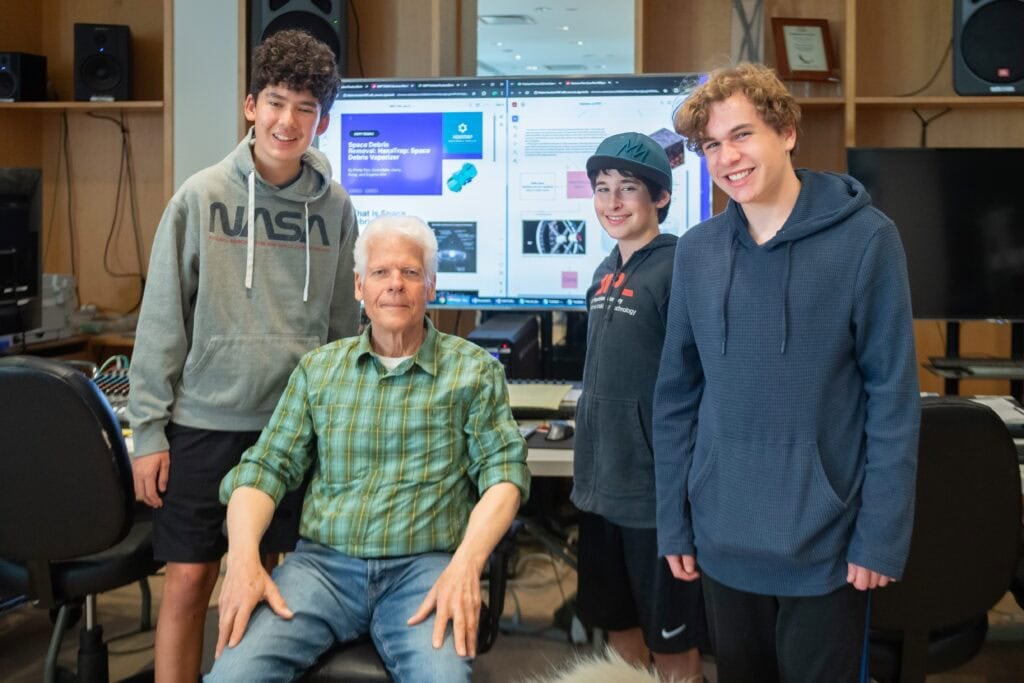
Raising Future STEM Leaders
For 32 years, PVnet Academy for STEM has been offering classes, training, and internships in the fields of science and technology.
PVNet Founder Ted Vegvari provided the South Bay students with free mentorship throughout the process of developing their projects for the competition. Vegvari explained that it really takes a village to help these students learn and grow, and parent involvement and support are the keys to success.
To learn more about what PVNet has to offer young minds, check out pvnet.com.
Stay in the know by subscribing, joining our Facebook group, and following us on Instagram.
Don’t miss our first edition of Discover South Bay, Local Anchor’s first printed summer magazine!
RELATED STORIES:
Local Anchor’s Free Music & Family Fun is Coming to The Point This Summer
South Bay Rocks: Youth Music Competition Launches This Summer
Pride in the South Bay: Celebrating, Supporting & Showing Up Year-Round

